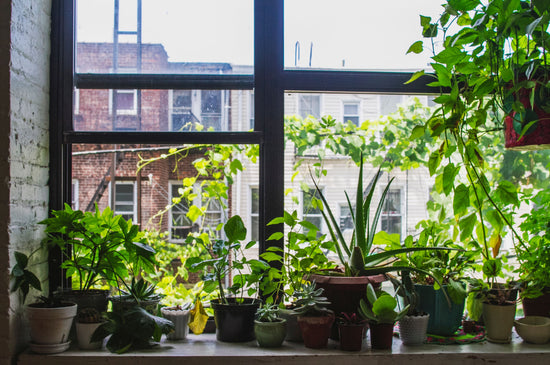Can Clematis Be Cut Back?
Pruning clematis vines is a crucial part of maintaining their health and ensuring they produce an abundance of clematis flowers. However, the timing and method for cutting back clematis plants depend on their specific variety and pruning group. Whether you’re tidying up your garden or preparing your clematis vine for the next growing season, understanding how to prune correctly is essential.

Understanding Clematis Pruning Groups
Clematis plants are divided into three pruning groups based on their blooming habits:
-
Group 1 (Spring Bloomers)
- These clematis vines bloom on old wood (growth from the previous year). Examples include Clematis montana and Clematis alpina.
- When to Cut Back: Prune lightly after flowering in late spring to remove dead or weak stems and shape the plant.
-
Group 2 (Repeat Bloomers)
- These clematis flower plants bloom on both old and new wood. Examples include Clematis ‘Nelly Moser’ and Clematis ‘The President.’
- When to Cut Back: Prune lightly in early spring to remove damaged stems and encourage flowering. Deadhead after the first bloom cycle for a second flush of flowers.
-
Group 3 (Summer/Fall Bloomers)
- These clematis vines bloom on new wood (growth from the current year). Examples include Clematis ‘Jackmanii’ and Clematis texensis hybrids.
- When to Cut Back: Cut back to 12–18 inches above the ground in late fall or early spring. This encourages vigorous growth and abundant blooms.

Why Pruning Is Essential
- Encourages Blooms: Proper pruning stimulates growth and ensures a more prolific display of clematis flowers.
- Maintains Shape: Pruning keeps clematis vines tidy and manageable, preventing overgrowth.
- Improves Air Circulation: Removing excess stems reduces the risk of fungal diseases.
How to Prune Clematis Vines
- Use Clean Tools: Always sterilize pruning shears to prevent the spread of disease.
- Identify Dead Stems: Remove any dead, damaged, or weak stems first.
- Prune According to Group: Follow the specific pruning instructions for your clematis plant’s group.

What Happens If You Don’t Prune Clematis?
If clematis vines are not pruned, they can become tangled, with reduced flowering and airflow. This can lead to diseases and a less attractive plant overall.
For clematis varieties suited to each pruning group, visit our Clematis Collection.
FAQ: Can Clematis Be Cut Back?
Q: Can I cut all clematis vines back to the ground?
A: Only Group 3 clematis vines should be cut back to the ground. Groups 1 and 2 require lighter pruning to preserve flower buds.
Q: When is the best time to prune clematis?
A: Timing depends on the pruning group. Group 3 clematis are pruned in late fall or early spring, while Groups 1 and 2 are pruned after flowering or in early spring.
Q: Can I prune clematis vines in summer?
A: Summer pruning is typically only for deadheading (removing spent blooms) or light shaping.
Q: How can I tell which pruning group my clematis belongs to?
A: Check the plant label, research the variety, or consult our Clematis Collection for guidance.





